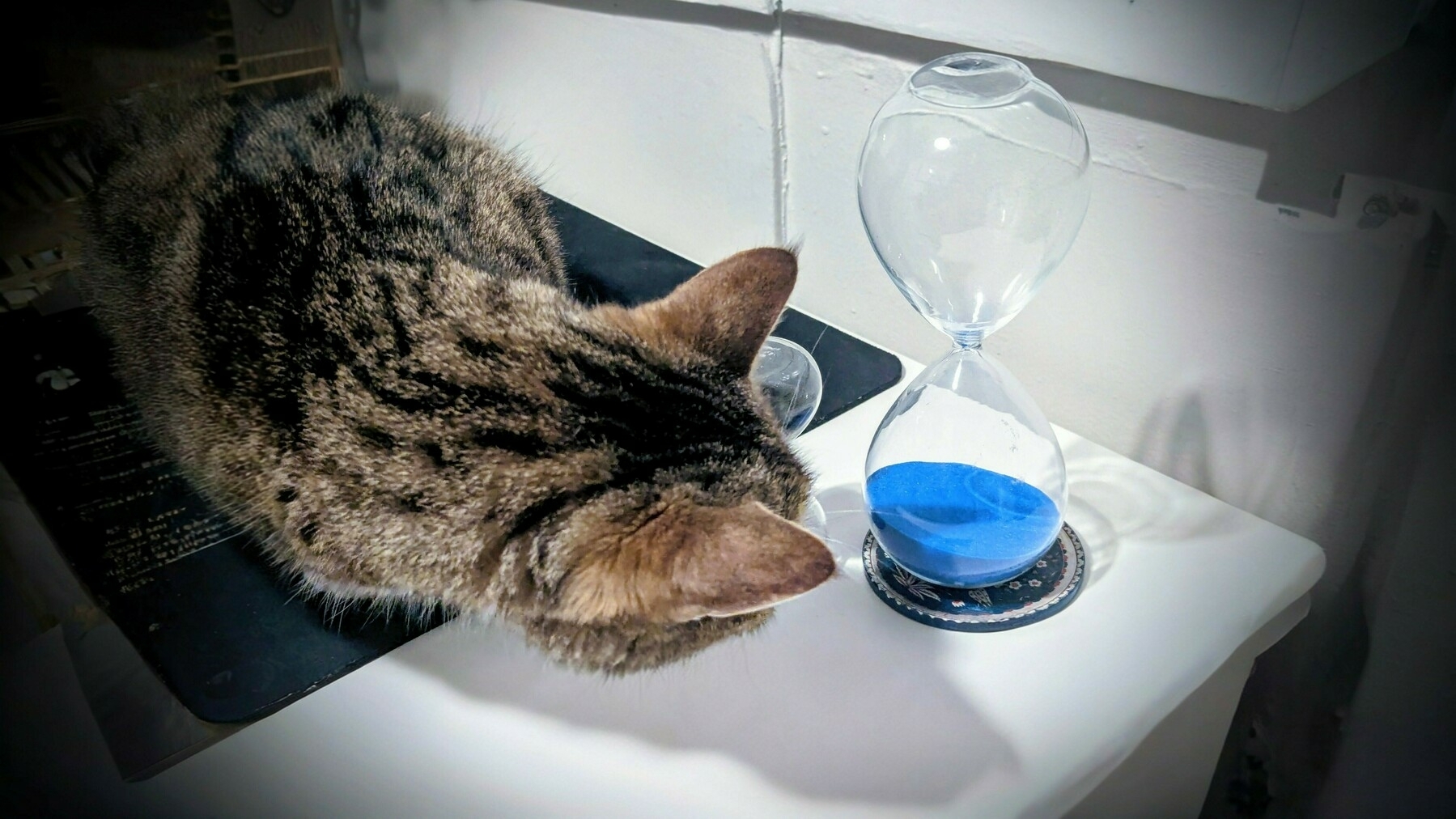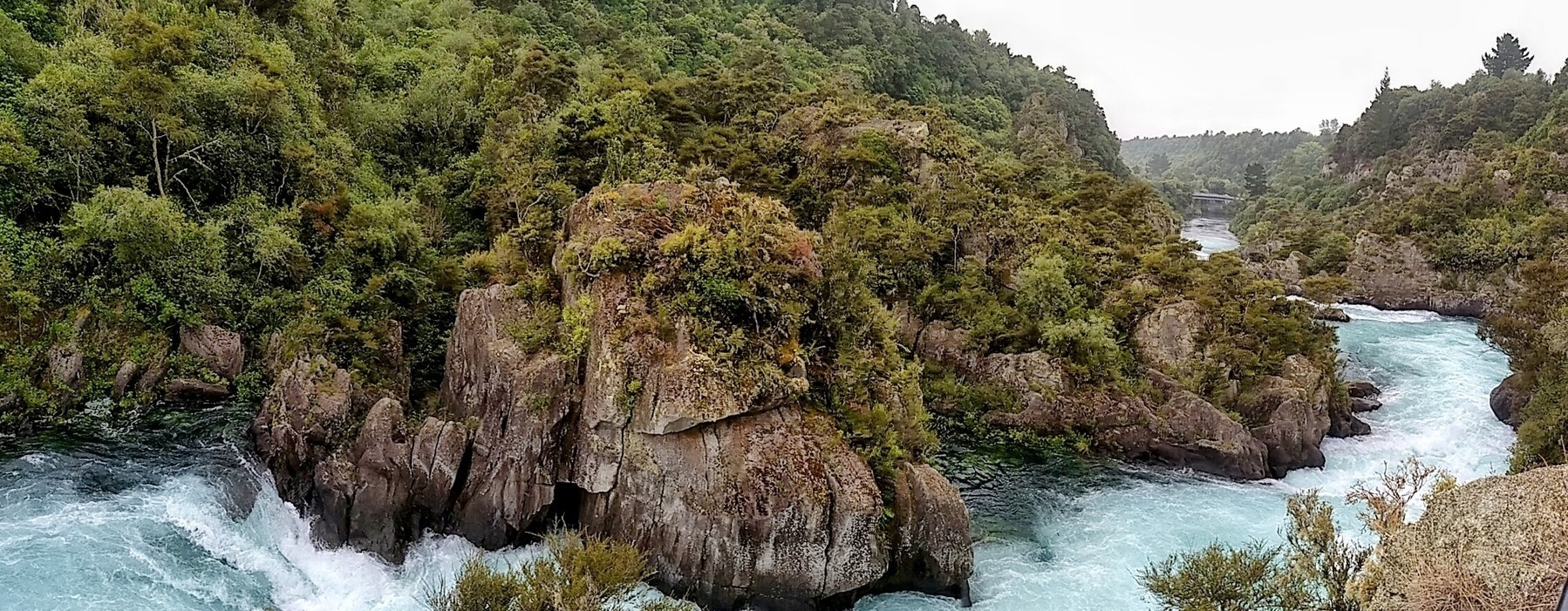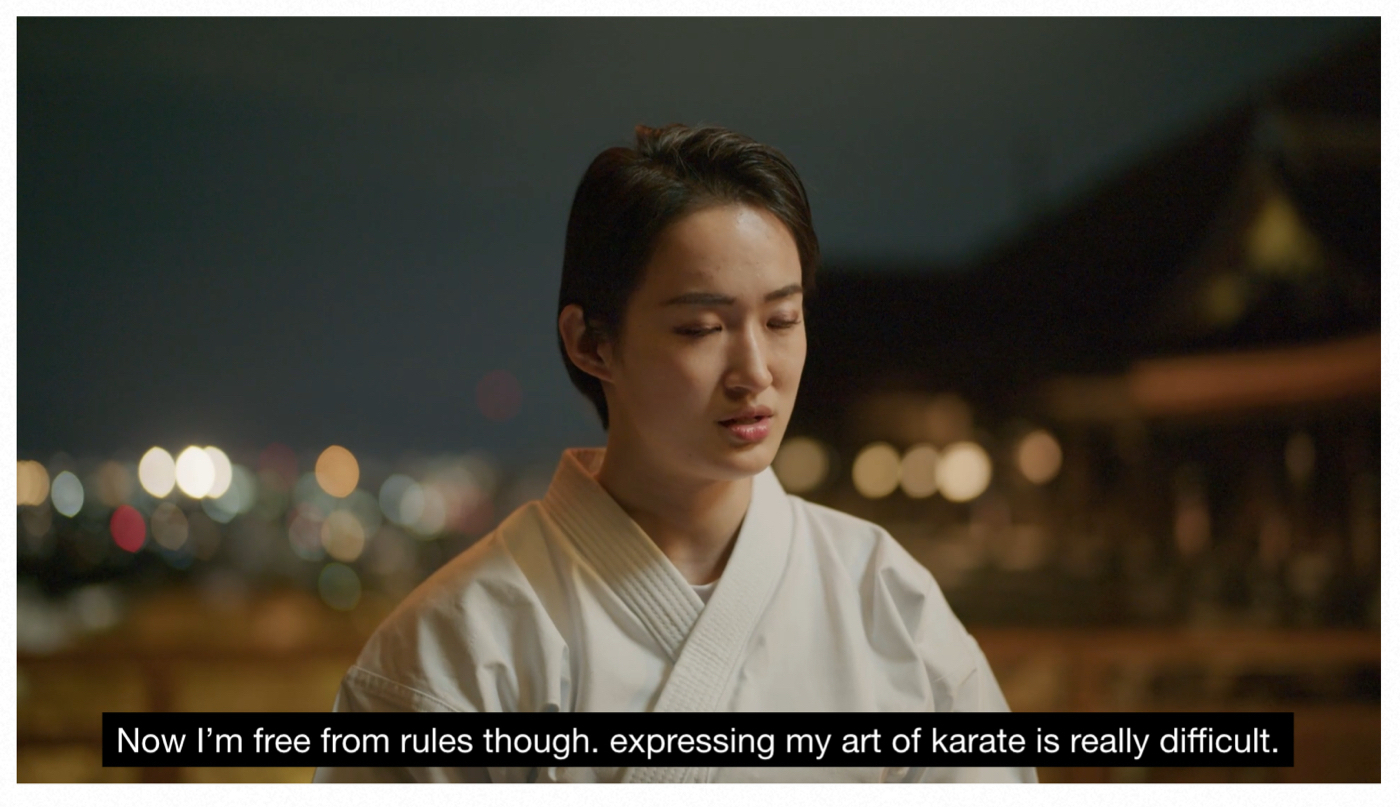article
-
He’s the creator of the Tinderbox notemaking app. ↩︎
- A video interview with the author.
- A summary of the argument, adapted from the introduction: The Surprising New Significance of Shu Ha Ri in Postwar Karatedo.
- A 1983 BBC documentary about Okinawan karate: The Way of the Warrior: Karate, the Way of the Empty Hand. This is extraordinary and a real classic! (mentioned in a footnote on p.97).
-
Leonardo da Vinci, whose notes were “a collection without order”;
-
Leibniz, who created a haystack of notes (oh, and calculus);
-
Aby Warburg, who suffered from Verknüpfungszwang - the compulsion to find connections; and
-
Hermann Berger, a Swiss author who wrote a novel about a Zettelkssten (two actually) but didn’t publish it.
-
Then there’s cultural theorist Walter Benjamin, who invented a whole new methodology for his Arcades Project, which he didn’t finish. Wikipedia. He’s certainly a candidate for unqualified posthumous ADHD diagnosis.
An atomic note isn’t just about ideas; it’s about time. Start smaller, stop sooner, and your notes become easier to reuse and connect. ✍️ Post here: The shortest writing session that could possibly work.

#NoteTaking #KnowledgeWork #zettelkasten #writingtips
Back to the Information City? How knowledge visualisation shapes the journey
I was intrigued by Mark Bernstein’s1 co-authored article revisiting the concept of the city as a visual metaphor for information in the era of hypertext.
Intrigued, because I’m not convinced the city makes things clearer. In fact the first thing that came into my mind was Steven Marcus’s claim from way back that urban dwellers experience a particular kind of estrangement. They sense that “the city is unintelligible and illegible”. This appears in a collection of essays on the Victorian city, in an essay titled ‘Reading the Illegible.’ (1973:257).
This idea - that the city can’t be read - put me in mind of Jonathan Raban’s proto-postmodernist book Soft City (1974), where he contrasts the book with the city, the legible with the illegible.
“The city and the book are opposed forms: to force the city’s spread, contingency, and aimless motion into the tight progression of a narrative is to risk a total falsehood. There is no single point of view from which we can grasp the city as a whole. That indeed is the distinction between the city and the small town. A good working definition of metropolitan life would center on its intrinsic illegibility. (p. 219)
As it happens, it seems that the article authors' conclusion is that the Information city is not a particularly promising metaphor to guide the navigation of complex information structures:
“It seems clear that the Information City is better suited to constructive than to exploratory hypertext.”
This ties in nicely with my take on anthropologist Tim Ingold’s view that creativity is more about ‘itineration’ (wayfinding) than ‘iteration’ (making an object).
Would it be possible, then, somehow to depict the wayfinding process in and of itself without in advance also reifying the landscape? I’m imagining a walk through an unfamiliar place, which through repetition gradually becomes familiar, and may be rendered yet more familiar by establishing idiosyncratic markers, the way Ariadne’s thread guided Theseus through the Minotaur’s labyrinth.
 *[Image source]: Internet Archive Book Images, No restrictions, via Wikimedia Commons.*
*[Image source]: Internet Archive Book Images, No restrictions, via Wikimedia Commons.*
The authors say of their attempted information visualisation:
“The Information City may be superb for some and intolerable for those who might prefer to work in a Piranesi dungeon.”
My view is that despite the efforts of UI creators, we don’t really have a choice in this matter. We are already living in Piranesi’s dungeon, in which meaning is lost and found and lost again, and where forgetting is as important as remembering.
That said, I’m as wary of the dream of information legibility as I am of the dream of urban legibility. The metaphor that works for me is of an immense and unknown forest, the deep forest of accumulated knowledge. Though travelers may have no sense of the ultimate extent of the forest, and even if there is no thread, they can make one as they explore. They may still provide a report, like a travel journal:
“Here is the route I took, and here are the landmarks I discovered on the way.".
This deep subjectivity allows for a limited form of objectivity:
“with my report in hand you too can follow this path through the trees.".
 *[Image source: Hasui Kawase], Public domain, via Wikimedia Commons.*
*[Image source: Hasui Kawase], Public domain, via Wikimedia Commons.*
References:
Bernstein, Mark, Silas Hooper, and Mark Anderson. “Back to the Information City.” Paper presented at HT 2025: 36th ACM Conference on Hypertext and Social Media, Chicago, IL, September 15–18, 2025. https://doi.org/10.1145/3720553.3746664.
Dyos, H. J., and Michael Wolff. The Victorian City: Images and Realities. Vol. 1. London: Routledge & Kegan Paul, 1973.
Ingold, Tim. “The Textility of Making.” Cambridge Journal of Economics 34 (2010): 91–102. https://doi.org/10.1093/cje/bep042.
Raban, Jonathan. Soft City: The Art of Cosmopolitan Living. New York: E.P. Dutton, 1974.
Use case for the Zettelkasten
Why use a Zettelkasten? Why indeed? Geeky online legend Gwern was rather negative:
Most people simply have no need for lots of half-formed ideas, random lists of research papers, and so on. This is what people always miss about “Zettelkasten”: are you writing a book? Are you a historian or Teutonic scholar like Niklas Luhmann? Do you publish a dozen papers a year? Are you the 1% of the 1%? No? Then why do you think you need a Zettelkasten?
He argued that tools for thought don’t actually aid thought and that the obviously useful alternative is ‘systems that think for the user instead’.
Wait, what? Systems that think for the user?? I disagree with this very strongly. Sure, it’s true that as they stand, ‘tools for thought’ are no substitute for humans putting in the effort. But I don’t see that as a valid criticism.
The human effort is the part that matters. The effort of thought is actually a feature not a bug. Human thought is preferable to AI computation not because it’s more efficient (although it very often is) but because it’s more human, and humans warm to the activity of other humans.
For instance, in early 2025 a Lithuanian explorer attempted to cross the Pacific Ocean in a one-man rowing boat. He made it to within 740km of the Australian coast, when he was assailed by a cyclone and prevented from sleeping for several days straight. In extremis he finally set off his SOS beacon and the Australian navy came to rescue him, despite the 16-metre-high swells they had to brave. The adventurer only just made it out alive. Returned from the dead, back on shore and reunited with this wife in a photogenic moment he sank to his knees as she embraced him.
Now this was all very interesting, despite the fact that the very ocean water that was trying to capsize him routinely crosses vast distances with no problem. No one cares about the brine, no one feels for its plight and the media never report on its travails. Did you ever see a headline like this:
“Alone and exhausted, a desperate ocean wave makes it gratefully to shore”?
No you didn’t. That was a rhetorical question. Human interest stories work because it’s humans that we’re interested in.
 *Won't someone think of the poor wave?*
*Won't someone think of the poor wave?*
Improbably, this wasn’t the only Lithuanian paddler to survive a run-in with Australian waters in recent years. The previous year a Lithuanian kayaker slipped into some rapids on Tasmania’s Franklin River, where he was jammed between rocks and pinned down by a flow of 13 tonnes of water per second. Again, he was the subject of a daring and extreme rescue. Meanwhile, no one thought twice about how the water felt.
And no one cares either when it’s AI that’s supposedly doing the ‘thinking’. It’s inanimate. But they do care quite a lot about a solitary Lithuanian in mortal danger. And so on.
 I’ve never visited the Franklin River, which this photograph I took in New Zealand clearly illustrates.
I’ve never visited the Franklin River, which this photograph I took in New Zealand clearly illustrates.
Getting back on track, the thought that goes into making notes matters, quite simply because thought just does matter. Conversely, when ‘systems think for the user’, well, whatever that is, it’s not thought.
But beyond this, I can’t help wondering why we need to justify at all a practice so basic as simply making notes and linking them. My half-formed thoughts might not be as good as Gwern’s (OK, they definitely aren’t), but at least they’re my half-formed thoughts.
In a co-authored conference paper, Mark Bernstein, creator of the Tinderbox app, makes what ought to be an obvious point:
“It may frequently be the case that we ourselves do not know the ultimate uses of our notes, yet still find note-taking rewarding.” - Bernstein et al., 2025, Back to the Information City
Reflecting on Gwern’s dismissal of the Zettelkasten approach, I’m reminded of self-help guru Oliver Burkeman, who had a different criticism to offer. He said he had tried a Zettelkasten but found it too organised. That got me wondering, how much mess is just enough?
For what it’s worth, I’ve found the Zettelkasten approach very practical and quite productive, despite my not being particularly organised. Here’s a book it helped me write and publish: Shu Ha Ri: The Japanese Way of Learning, for Artists and Fighters.
And of course, my Zettelkasten is helping me to carry on Writing Slowly. You can follow the frenetic action with the weekly digest - a blog magically transformed into an email. Amazing!
See also: From tiny drops of writing great rivers will flow.
Reference:
Bernstein, Mark, Silas Hooper, and Mark Anderson. ‘Back to the Information City’. Paper presented at HT 2025: 36th ACM Conference on Hypertext and Social Media, September 15–18, 2025, Chicago, IL, USA. 2025. Preprint PDF.
#Zettelkasten #PKMS #notetaking #toolsforthought #Lithuanian #HT2025
What does it mean to transcend the rules?
A martial arts dedication performed by Japanese karate practitioner Kiyou Shimizu at Kiyomizu-dera Temple, Kyoto.
This former world champion has retired from competitive karate, and is finding new ways to express her mastery of the discipline.

Watching this dedication reminded me of some words of the kabuke actor Nakamura Kanzaburo XVIII:
“You break the mold because there is a mold, and if there is no mold, you have no form."1


I’m the author of Shu Ha Ri: The Japanese Way of Learning, for Artists and Fighters. It’s a short and accessible introduction to the concept, available now.
And if you liked this article, why not subscribe to the weekly Writing Slowly email digest?
#Shuhari #martialarts #karate #kyoto #kiyomizudera
Is there a Zettelkasten method?
Quite a few people write and speak about the Zettelkasten, a simple way of maintaining a note making system, but is there really any such thing? Some reflections on the seemingly obsolete practice of writing notes on small slips of paper and arranging them so they can be found again.
Mastering Any Skill, the Japanese Way
📚 A review of Analysis of Shu Ha Ri in Karate-Do: When a Martial Art Becomes a Fine Art by Hermann Bayer, Ph.D.
Most people believe that mastery of a skill comes from practicing harder and longer. ‘10,000 hours of deliberate practice’ has achieved a level of imperative unwarranted by the actual evidence (Epstein, 2021). Yet countless learners, whether in business, the arts, or sport, hit a plateau they can’t break through. The problem isn’t effort. It’s that they’re missing a hidden progression that separates the true experts from the merely experienced.
For centuries, Japanese masters have understood this journey. It has three distinct phases, Shu, Ha, Ri, and each demands a different mindset and approach. Skip one, and your growth stalls. Get them right, and you move beyond imitation into competence and ultimately mastery. Unlike many Western theories of learning, it’s not a linear set of stages to be climbed like the rungs of a ladder: instead it’s a cycle, a spiral of increasing competence where the earliest phase is never forgotten.

Hermann Bayer’s Analysis of Shu Ha Ri in Karate-Do is one of the clearest and most extensive explanations of this progression I’ve encountered. While his examples come from Okinawan karate, his real subject is the universal process of moving from novice to master, potentially in any discipline.
Bayer brings to his writing both deep scholarship and decades of martial arts expertise. This shows, but the book remains reasonably accessible for general readers. He unpacks philosophical ideas without jargon, showing exactly how they play out in practice. One of his most important clarifications is effectively a major theme of the book: Shu Ha Ri is not an Okinawan tradition. Despite its frequent modern association with karate, Bayer shows that the concept comes from Japanese fine arts, especially from the tea ceremony, and only entered karate after karate’s fairly recent introduction to mainland Japan, in 1922. This detail is more than just historical trivia; it changes how you see the concept. Shu Ha Ri is not tied to a single fighting style, and certainly not to karate. It’s potentially a transferable blueprint for mastering any complex skill.
Although Shu Ha Ri has wide applicability and has been adopted in many different disciplines, Bayer does focus heavily on karate, and on its Okinawan origins. This is the author’s specialist field. He is, after all the author of the two-volume Analysis of Genuine Karate, which explores Okinawa as the cradle of true karate. So readers curious about Shu Ha Ri, but with limited interest in karate and Okinawan history may wish for more examples from other disciplines. But the underlying framework is so universal that the author’s examples still work. You don’t need to know a kata from a kumite to apply what you learn.

If you are a practitioner of Karate, I suspect after reading this book you’ll never see it in quite the same way. But what makes the concept of Shu Ha Ri valuable beyond martial arts is its potential application to any field where performance and creativity matter. For instance, writers might see how to move from imitating their influences to developing a unique voice. Leaders might understand when to enforce process and when to encourage innovation. Artists, athletes, and entrepreneurs might recognise the moment to step beyond rules without losing their foundation.
If you care about personal growth and continuous improvement, or want a proven roadmap to mastery, this book will give you both the theory and the practical insight to get there. By the time you finish it, you won’t just understand Shu Ha Ri, you’ll be inspired to integrate this learning philosophy into your own life. And in case you were tempted, you will never again confuse Shu Ha Ri with the historical traditions of Okinawan karate.
Details
Analysis of Shu Ha Ri in Karate-Do: When a Martial Art Becomes a Fine Art by Hermann Bayer, Ph.D. (June 2025, ISBN: 9781594399954)
Purchase directly from the publisher, YMAA.
Resources
I’m the author of Shu Ha Ri: The Japanese Way of Learning, for Artists and Fighters. It’s a short and accessible introduction to the concept, available now.
And if you enjoyed this review, you may like to subscribe to the weekly Writing Slowly email digest.
Open, free and poetic
The Web is 34 years old! Following on from Plenty of ways to write online, here are some really practical resources to help you create your own presence online :
Keeping the Web free, open and poetic.
Old hands will probably find a few useful tips here too.
Oh, and here’s another great big list of useful personal website stuff. Actually, I’m making a note of this for my own ‘going down the rabbit-hole’ purposes:
Resources List for the Personal Web

It’s also easier than ever to publish a book. Check out mine: Shu Ha Ri: The Japanese Way of Learning, for Artists and Fighters. And to stay connected, subscribe to the weekly email digest.
*Image source: Public Domain, Wikimedia.
#indieweb #webwriting #worldwideweb #blogging
Plenty of ways to write online
Writing online is more accessible than ever. We can maintain control of our own work by publishing on personal websites while also syndicating content to social media. And as I’ve discovered, it’s also easier than ever to publish a book..
Watch in awe as a fleeting thought becomes a lasting note
I describe in detail how I wrote a blog post and then repurposed it as a permanent note in my Zettelkasten collection. This is the opposite of my usual workflow, where I create publishable writing from my existing notes.
Hot takes on our future with AI
Here are eight ‘hot takes’ on the latest problems, questions and opportunities large language models are giving us. It was going to be just three, but the hot takes are coming thick and fast right now. These links are shared alongside my personal reflections on the impact and future of AI that does your writing for you while cosplaying as a human.
I designed a book in three and a half hours
A while ago, well, quite a long while ago, I designed a book in three and a half hours. Fun, yes, but it wasn’t very publishable.
Now, years later, I’ve finally got round to updating and redesigning the whole thing.
Yes, I’m still writing slowly but I’m excited to say it will soon be available for sale - so watch this space for more information.


I’m unqualified to diagnose the following writers with ADHD but I’ll do it anyway
Yes indeed: confidently diagnosing deceased note-making writers with ADHD, while in possession of no medical qualifications myself, is a temptation I simply cannot resist.
For example I have wondered about:
As I said, it’s interesting, but for now I’ll stop there.
—-
This post started life as a comment on Reddit. If you’d like more from me, but in a weekly email, why not subscribe right now?
Don't let your note-making system infect you with Archive Fever
The Zettelkasten note-taking system offers a structured approach to organizing thoughts but might induce “archive fever,” which may lead to an obsession with preservation over actual writing. Here’s how to protect yourself.
Don’t throw away your old notes
Don’t throw out your old notes, even if you feel overwhelmed by them. Here are some helpful ideas on what to do instead.
How Walter Breuggemann shaped me
At its best, a family can be ‘a communal network of memory and hope in which individual members may locate themselves and discern their identities’
What to do when you've made some notes: Start writing
The next step after taking notes is to create a finished piece of writing, acknowledging that the first draft may be disorganized but serves as a foundation for improvement.
What I Learned from Bob Doto about Making Effective Notes and Writing a Book
Historian Dan Allosso led a discussion on Bob Doto’s insights on flexible note-taking and writing processes. It emphasised the importance of iterative development and audience engagement. Here are my notes.
Influence is everything: novelty its flimsy dress
This whole article dumbed down by AI summary: Cultural trends often leave behind valuable ideas that merit revisiting rather than being dismissed as unfashionable. And I thought I was being clever.
A search for meaning in the palace of lost memories: Thoughts on Piranesi, a novel by Susanna Clarke
Susanna Clarke’s novel Piranesi has got me thinking about memory, identity, the fallibility of writing, and the paradox that intrinsic value might be created rather than found
Who says you have to choose between yourself and others? The case for intelligent generosity
It’s not rocket science but if you want to foster sustainable generosity and human flourishing here’s how to cultivate a balance between caring for yourself and supporting others.
